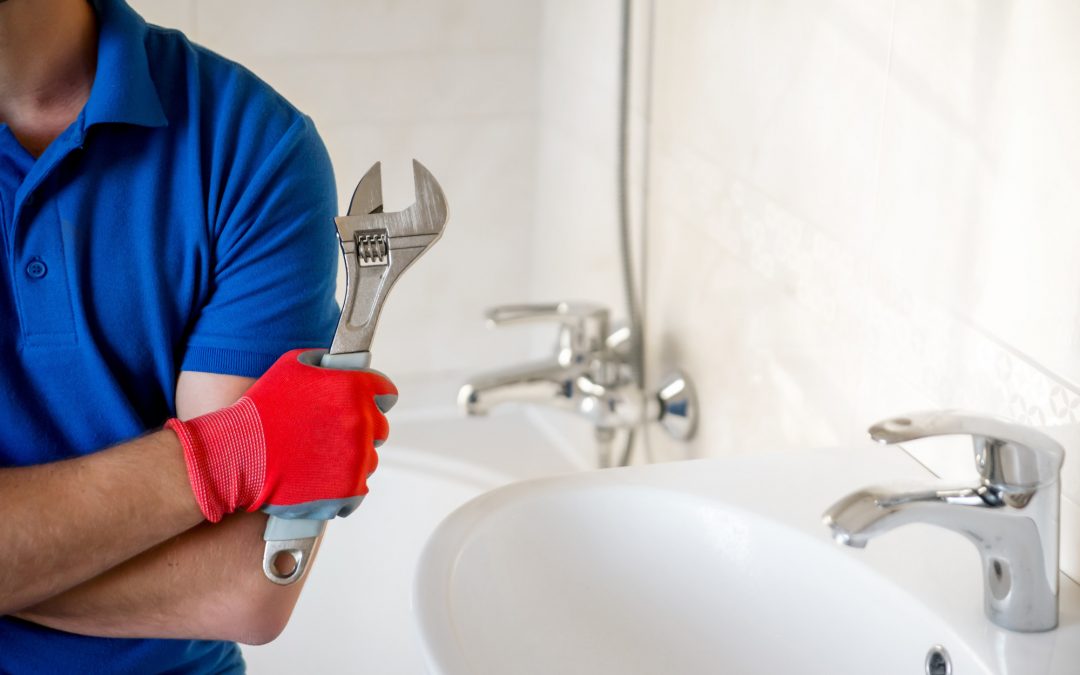Buying a home is expensive. Most people who want to buy a house desire something within their price range to stay within their budget. Sometimes, omitting an inspection is one thing homeowners will do to save money. This can be a huge mistake in the long run.
If you think you can trust your eyes to tell you the quality of a house is good, you’d be wrong. Skipping out on a home inspection comes with other big consequences besides money.
Do you believe the plumbing of a house is hood because you can flush the toilets and see all the sinks have running water? While this is good, there could be other issues you are not aware of.
Keep reading to find out common plumbing issues inspectors find during an inspection which will prove why you will need one.
1. Water Heater Issues
Everyone wants hot and cold water when they need it. Water issues are not something you want to deal with, especially when you are buying a new house.
If there is a problem with the heater, it can be expensive to replace. There are also signs a home inspector will find if they foresee water issue problems later.
They will inform you when they find sentiment build-up, high water pressure, the wrong size unit, thermostats not functioning properly, and rust within the unit.
2. Leaks Within the Walls
Although the walls are supposed to be intact, they can hide a lot of things you will not notice without a professional there. There is a lot of work that goes into the construction of a house. A lot of it is “hidden” within the walls like it is with plumbing.
Tens to hundreds of pipes run behind walls and if there are leaks present, it can damage your walls over time. The water bills can increase over time too.
Water that gets trapped within walls promotes the growth of mold. This will become a health hazard for you and your family.
3. Pipes Illegally Installed
There are some homes that have equipment and additions that are not supposed to be there. Some homes may have illegal construction which is often bad because it ruins the foundation of a home.
In regards to pipes, polyethylene pipes are only legal for homes for use when they have water pressure tanks. It is also acceptable as an aid for main water turn-off valves.
For any other reason, they are illegal and banned for home installation in America since 2010. The reason these pipes are not acceptable is because oxidants, like chlorine, which is often in water, will cause the pipe to erode. It is a safety issue.
4. Rusty Pipes Issues
Rusty pipes are one of the more common plumbing problems home inspectors find in a home. These types of pipes can and will reduce or black the home’s water pressure and flow. Rust can also collect in the water which is not good for any reason.
Whether you are taking a bath, washing your hands, or cooking with the water, rust you absorb or inject can cause health issues. Home inspectors look for this and will show you what they find in their report.
5. Galvanized Pipes Shattered Pipes
Up until the 1960s, most homes had galvanized pipes. These pipes are made from lead and have a layer of zinc. Galvanized pipes are also hazardous because the zinc layer can erode over time.
Not only that, the lead galvanized pipes get exposed. The lead can seep into the water supply.
Lead is known to have damaging effects on the body whether you drink it or bathe in it. There are physical and psychological changes that can occur from lead toxicity. Lead is especially dangerous for children and there is no “safe” level.
6. Shattered or Broken Pipes
Pipes are made to be sturdy. When they break, it becomes a home risk because these pieces can go into the water.
Shattered pipe pieces may not always be visible. Broken pipes are just as bad and often cause more issues because you lose proper pressure and flow.
Water flow is either too low or excessive when the house has damaged pipes. Shattered or broken pipes are something you will have to replace because they are no longer good and you cannot fix them.
The cost to replace them can be a lot depending on how many need to get swapped out for a new one.
7. Clogs Within the Sewer Line
The sewer is something you do not want to forget about when you are talking about overall home plumbing. When there are gurgling sounds coming from the sewer or slow drainage is present, this is a major indicator you have a clogged sewer line.
Anytime the sewer is backed up, water sits somewhere in the sewer (often the back) and causes leaks. These clogs occur when something blocks flow, such as tissue or other debris). When you fail to notice a clog, an inspector will be able to inform you.
Get an Inspection for Things Your Eyes Can’t See
Before you close on a house, it is a wise move to invest in a home inspection. Hiring a home inspector is a good move because professionals are able to tell you problems they find when you think they are okay. For example, there could be plumbing issues with a house.
The money you pay to fix plumbing issues may not be worth buying the house. This can help save you from buying a home and being stuck paying repair fees on your own. If you are willing to still get the place, you can negotiate with the seller on the price.
You can schedule a home inspection appointment to help you make a better-informed purchase. For any other questions, you can contact us at (440) 812-3051.

